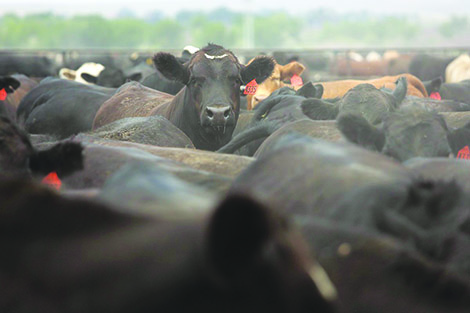Holistic weight-loss takes ‘sin’ out of eating
According to a report by the National Center for Health Statistics, a program of the Centers for Disease Control, 40 percent of American adults and 19 percent of young people are obese. Obesity rates are rapidly increasing — and there doesn’t seem to be any sign of that stopping. Being severely overweight can shorten life expectancy up to 14 years. And the health issues that can result from obesity take away from overall quality of life.
To prevent these health complications and ensure longevity, healthy lifestyle, weight loss, and optimal mental health are the best course of action. Healthy lifestyle changes likely sound familiar: A wholesome diet, plenty of sleep, daily exercise. However, for people who are obese, strenuous exercise may not be an option. Doing high-impact exercises may put undue stress on tendons and joints, leading to injury and delaying progress. Luckily, you don’t have to be a gym rat to lose weight. With these holistic tips, you can start shedding pounds today.
For some reason, many of us equate food with morality. Certain food is sinful. If you eat dessert you’re being bad. Meanwhile, society looks at people who are thin as disciplined, healthy and beautiful. First of all, just because a person is thin doesn’t mean they are healthy. Secondly, beauty isn’t something that’s defined by fat or thin. You have to dispel these thoughts when they creep into your brain while you work on changing how it is you relate to food. You can do this by using cognitive-behavioral coping skills for weight loss, such as mindful eating and visualizing your success.
Another thing to consider is your gut health. Your body is home to billions of microorganisms that help keep you healthy. Adding probiotics to your diet boosts gut health and helps you feel better overall throughout your weight loss journey.
While strenuous exercise may be off the table, it’s still important to find time in your day to be active utilizing low-impact exercises. Swimming, using an elliptical machine, and walking are all popular options. Lifting light weights at home can help build muscle mass that burns fat even when you aren’t working out. Make exercise fun by including your friends and family. Go to a dance class with friends, or take a post-dinner sunset stroll with your partner. Rather than focusing on the intensity of your workout, find a way to make it an enjoyable part of your day until it’s a healthy habit.
Believe it or not, one of the best things you can do for weight loss is sitting still while meditating. Meditation is more about being with yourself so you can work through your anxieties and hangups that may stall weight-loss progress. Daily meditation eases stress and reduces the amount of cortisol your body produces. Mindfulness increases your awareness so you’re less likely to graze or e

at emotionally. And while it’s definitely not strenuous exercise, sitting upright and consciously for 45 minutes to an hour provides some gentle core work that can reduce back pain and make activity easier.
Source: nutritionfacts.us

